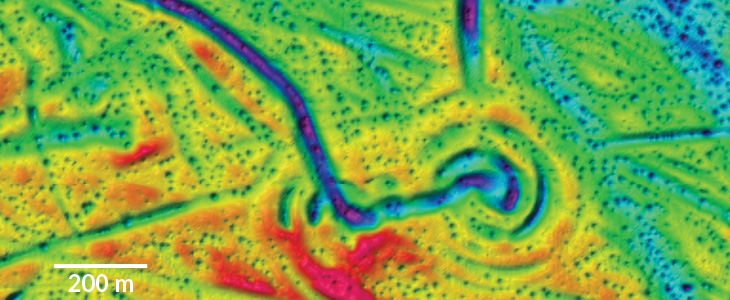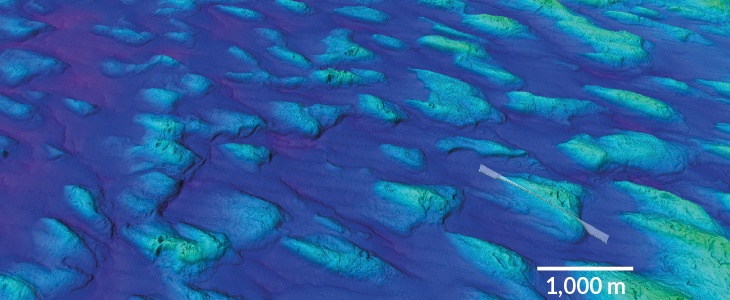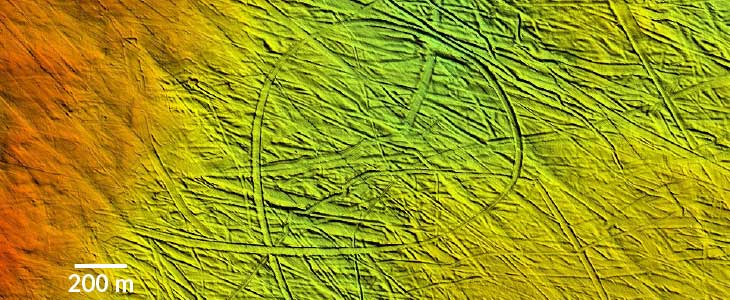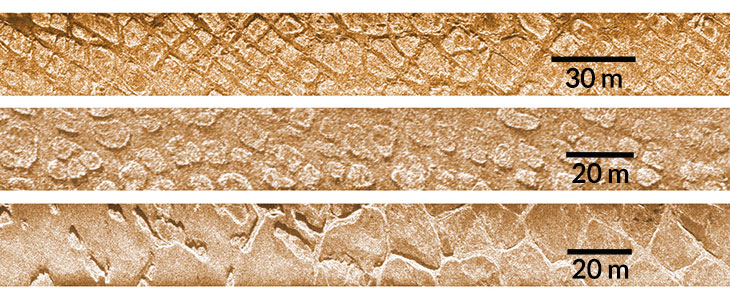Stunning images reveal glacial landscapes under the oceans
New atlas offers a window into Earth’s glacial past
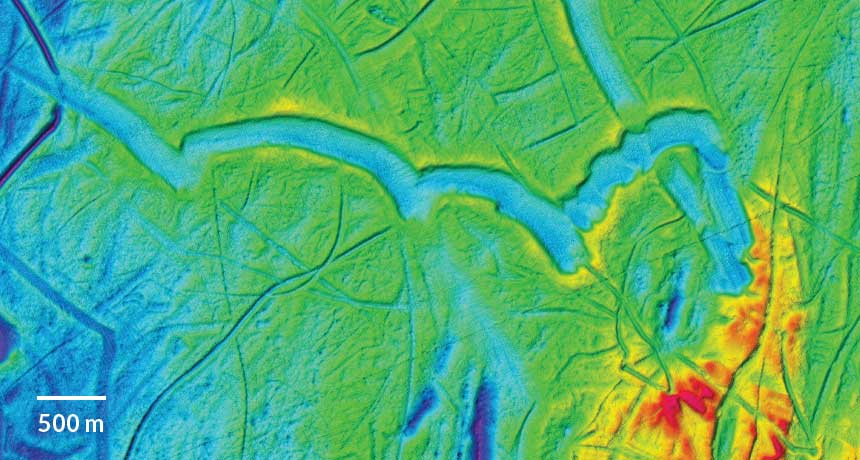
DIGGING IN Wide troughs found under 250 meters of water in the Barents Sea, north of Norway and Russia, were shoveled out by the broad bases of icebergs broken from ice shelves, confirming the existence of those shelves. Darker shades indicate greater depth.
Atlas of Submarine Glacial Landforms
